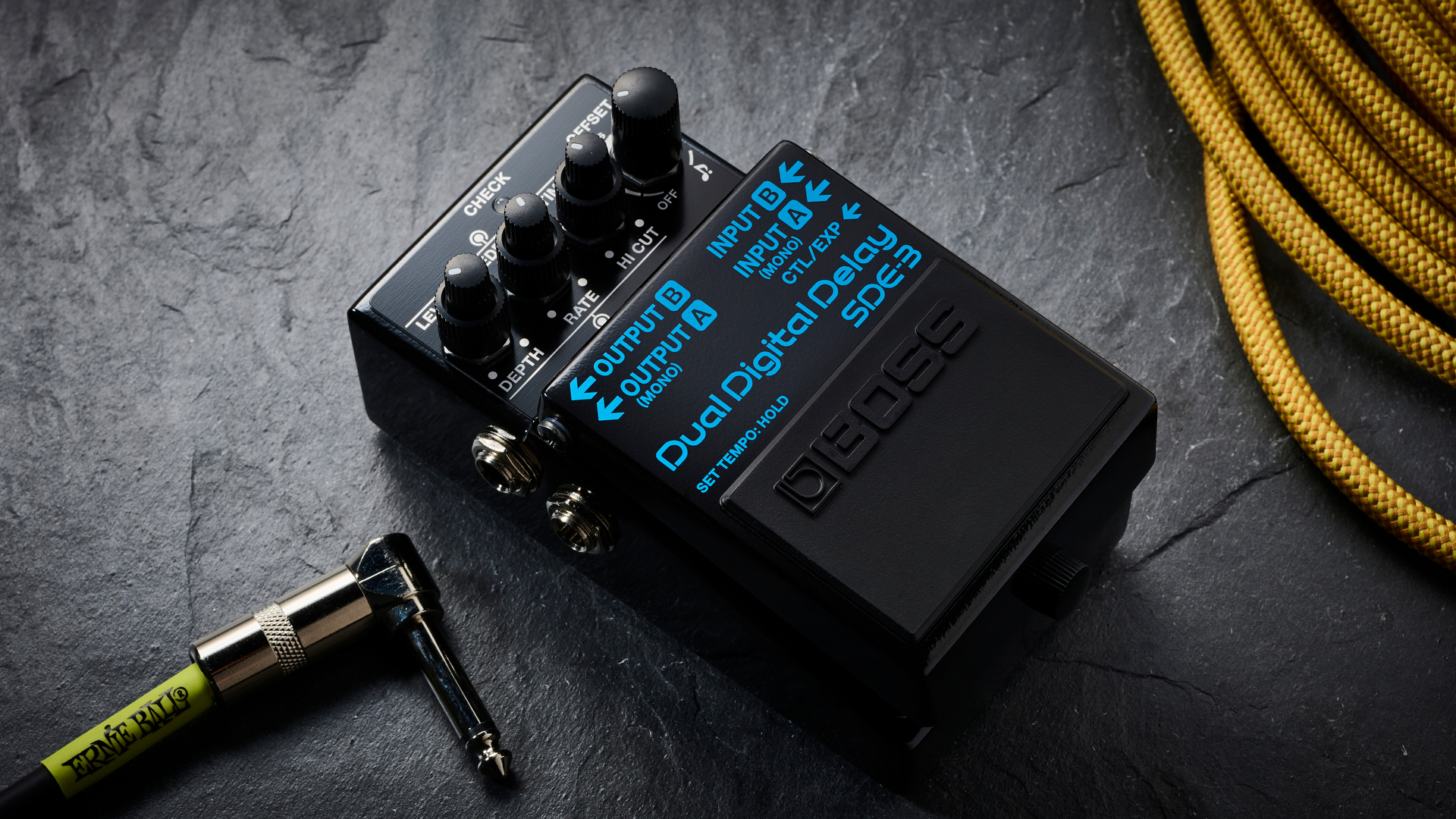
Boss SDE-3 Dual Digital Delay: What is it?
The SDE-3 is a new compact delay pedal offering from Boss, aiming to distill something of the magic of 2023's DeLorean-like SDE-3000D delay. The SDE-3000D is a reissue of the rack SDE-3000, famously used by studios, session guitarists, and one Edward Van Halen throughout the '80s.
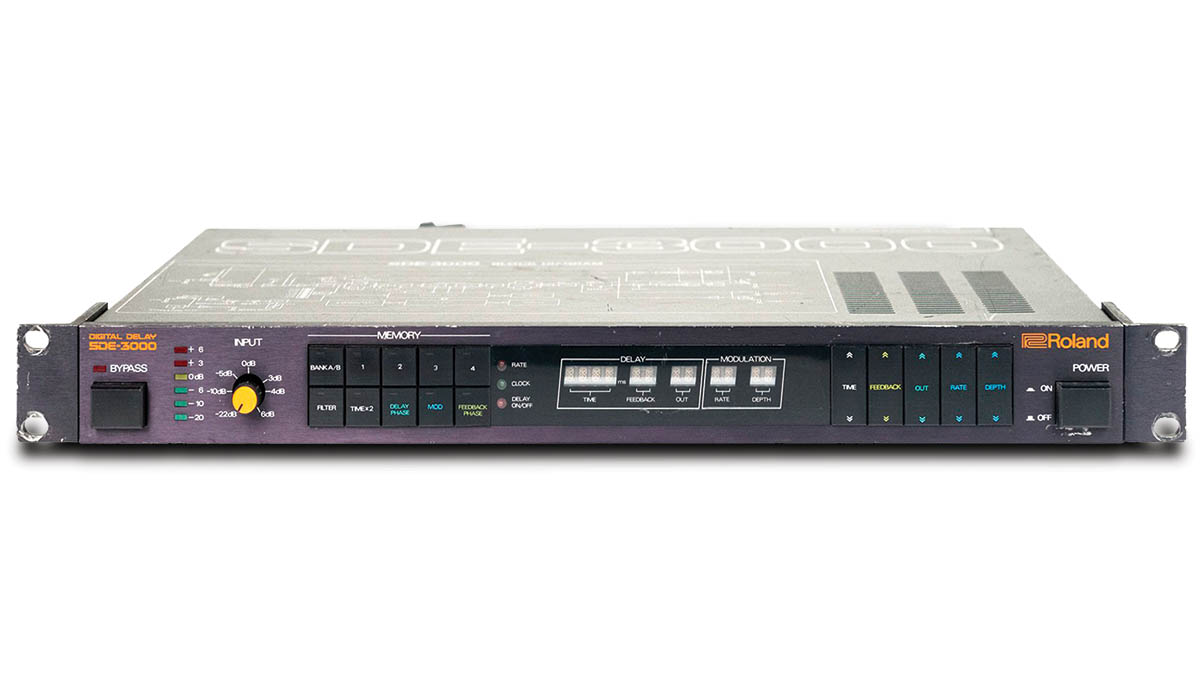
The key to the SDE-3000 is its slightly darker timbre. Like many early delays, the unit is clean and punchy in the mids but smooth in the upper range. This means that it sits well in a mix and plays nicely with other effects.
Can the SDE-3 deliver all that history and sonic hallmarks into such a compact pedal? I'm hoping…
Boss SDE-3 Dual Digital Delay: Specs
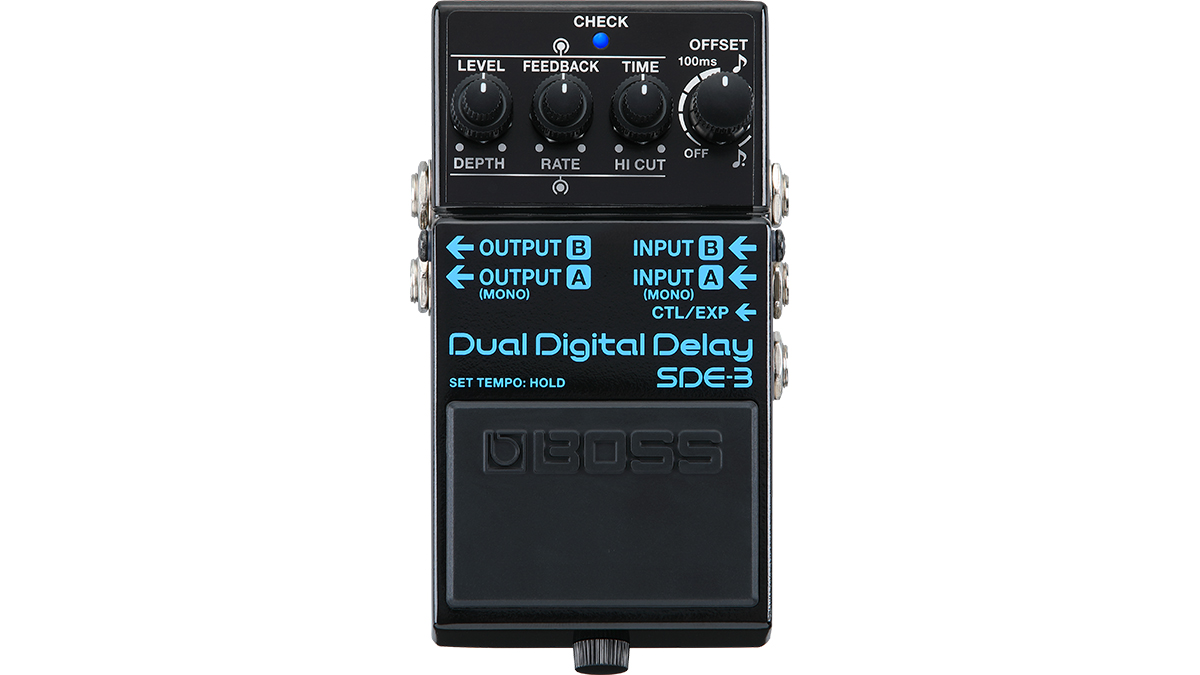
Launch price: $219/£169/€199
Type: Stereo digital delay pedal
Made: Malaysia
Controls: Time, Feedback, Level, Depth, Rate, Hi Cut, Offset, Carryover switch
Connectivity: Stereo in/out (inputs and outputs A & B), Mono in/out (input and output A), Power input, Control input, MIDI in
Bypass: Buffered
Power: 9V DC centre-negative, 75mA
Dimensions: (WxHxD) 73x59x129 mm
Weight: 0.45kg
Contact boss.info
Boss SDE-3 Dual Digital Delay: Build quality
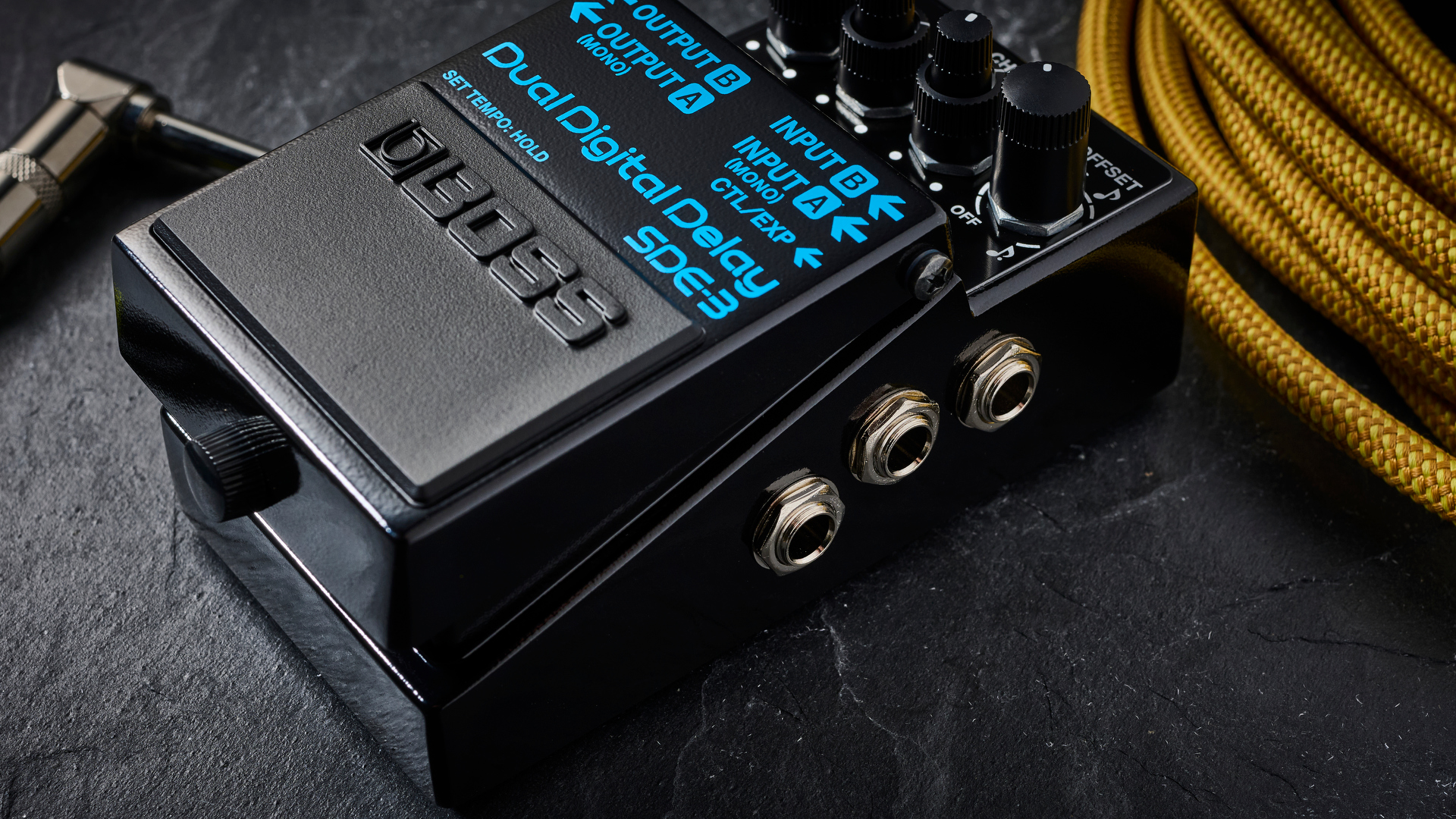
Build quality rating: ★★★★★
The build quality here is the usual foolproof Boss standard we've come to expect. The company is famed for making rugged units that score straight A in the test of time, on and off stage: I've got Boss pedals on the shelf purchased at the turn of the millennium, as well as vintage units from the '80s that are still going strong.
It seems unlikely that the SDE-3 will age any worse. The compact user interface here has some heavy lifting to do to deliver some of the features of its larger predecessors. For that it relies on dual pots (double-barrelled to pull double duty) which can be fiddly. However, they are certainly space efficient, and barring deliberate kicking with workboots, will take anything you throw at them.
Boss SDE-3 Dual Digital Delay: Usability
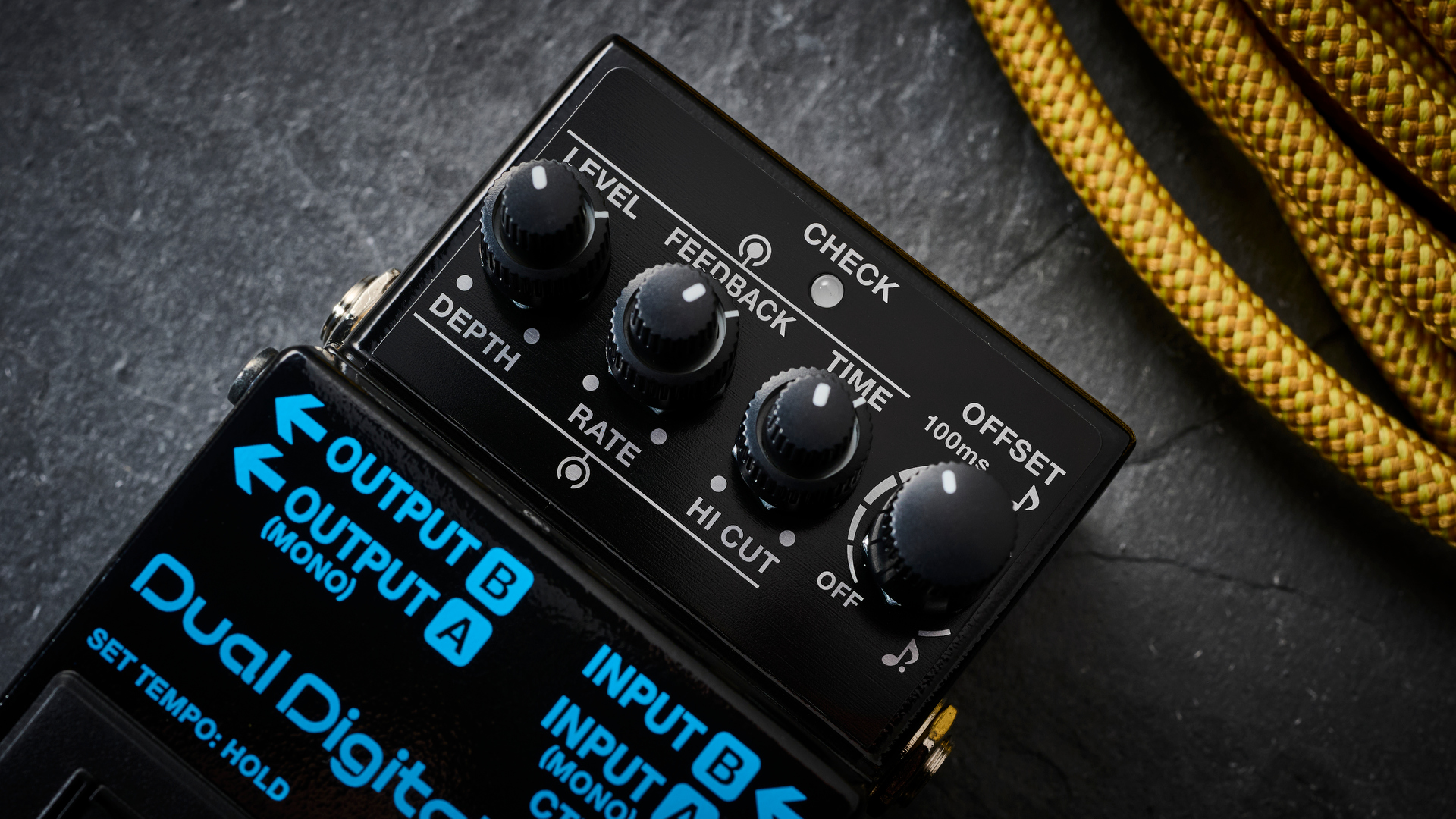
Usability rating: ★★★★½
It's a testament to the effectiveness and familiarity of the Boss design pattern that if you've used one of its pedals, you've more-or-less used them all (from a navigation point-of-view). Though the SDE-3 has some quirks and advanced features, such as the Offset functionality, the strength of this unit over say, the larger SDE-3000D is that it's very easy to orient yourself using trial and error.
Like most Boss digital delays, the footswitch can be held to enter tap mode, but this is more of a bedroom or studio feature. If you're planning to switch tempo using tap-tempo live, you'll want to connect an external footswitch to the input provided.
Boss SDE-3 Dual Digital Delay review: Sounds
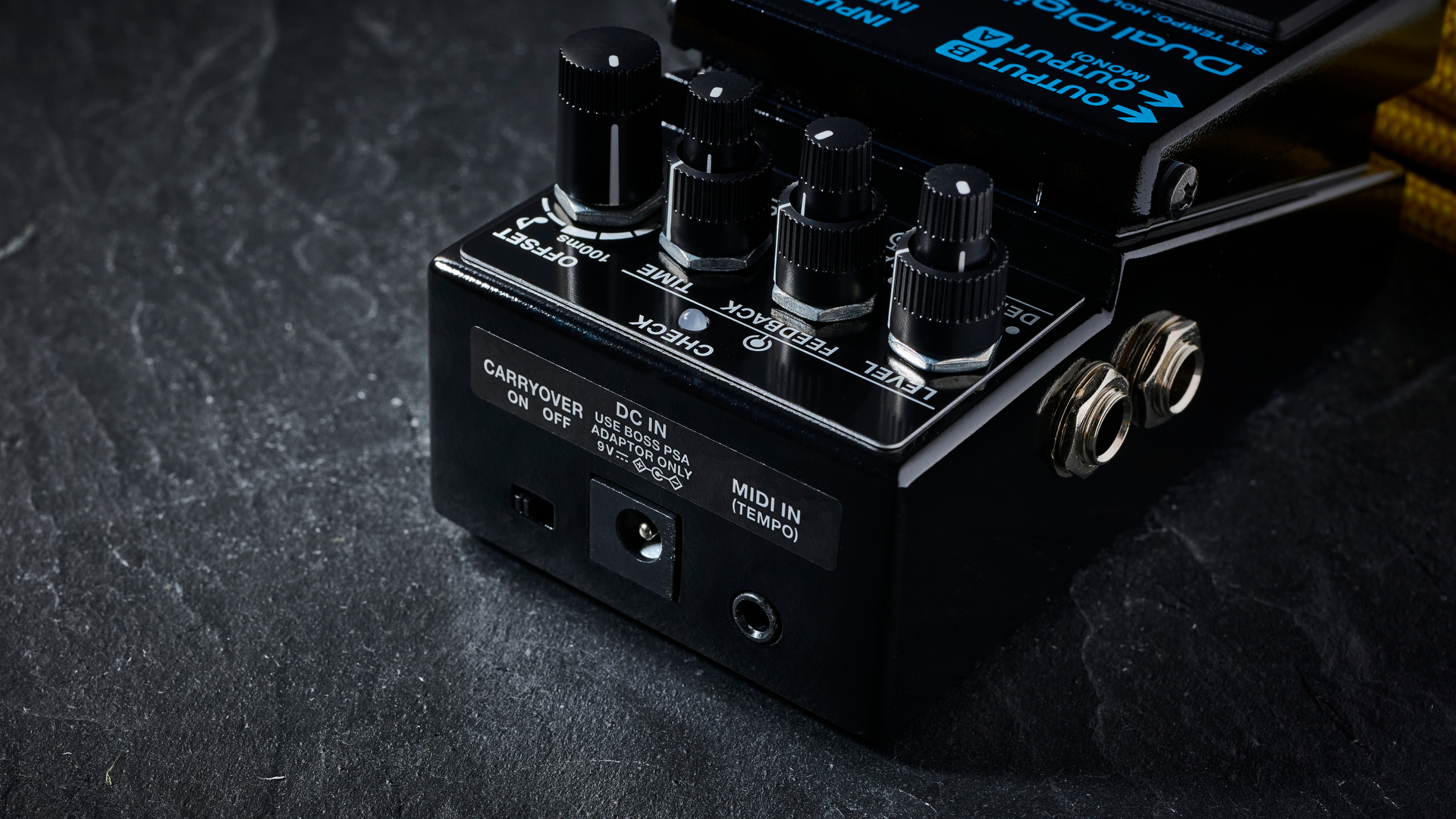
Sounds rating: ★★★★★
The first decision you need to make is: mono, or stereo? It's fine in mono, but you are missing out. The SDE-3 really wants to be run in stereo mode. Initially, with a Les Paul neck humbucker, slight offset delay and a medium length, I dial in some pristine, early 2000s atmospheric metal tones that remind me of A Perfect Circle.
For solo tones, I switch to the bridge pickup, and then use the SDE's tone controls to pull back the treble. Finally, I switch the order, running it stereo out into dirt. The crispness of the delay lends itself very well to a dirty amp. From there, increasing the gain to a modern metal level and adding a noise gate results in a punchy, atmospheric lead tone.
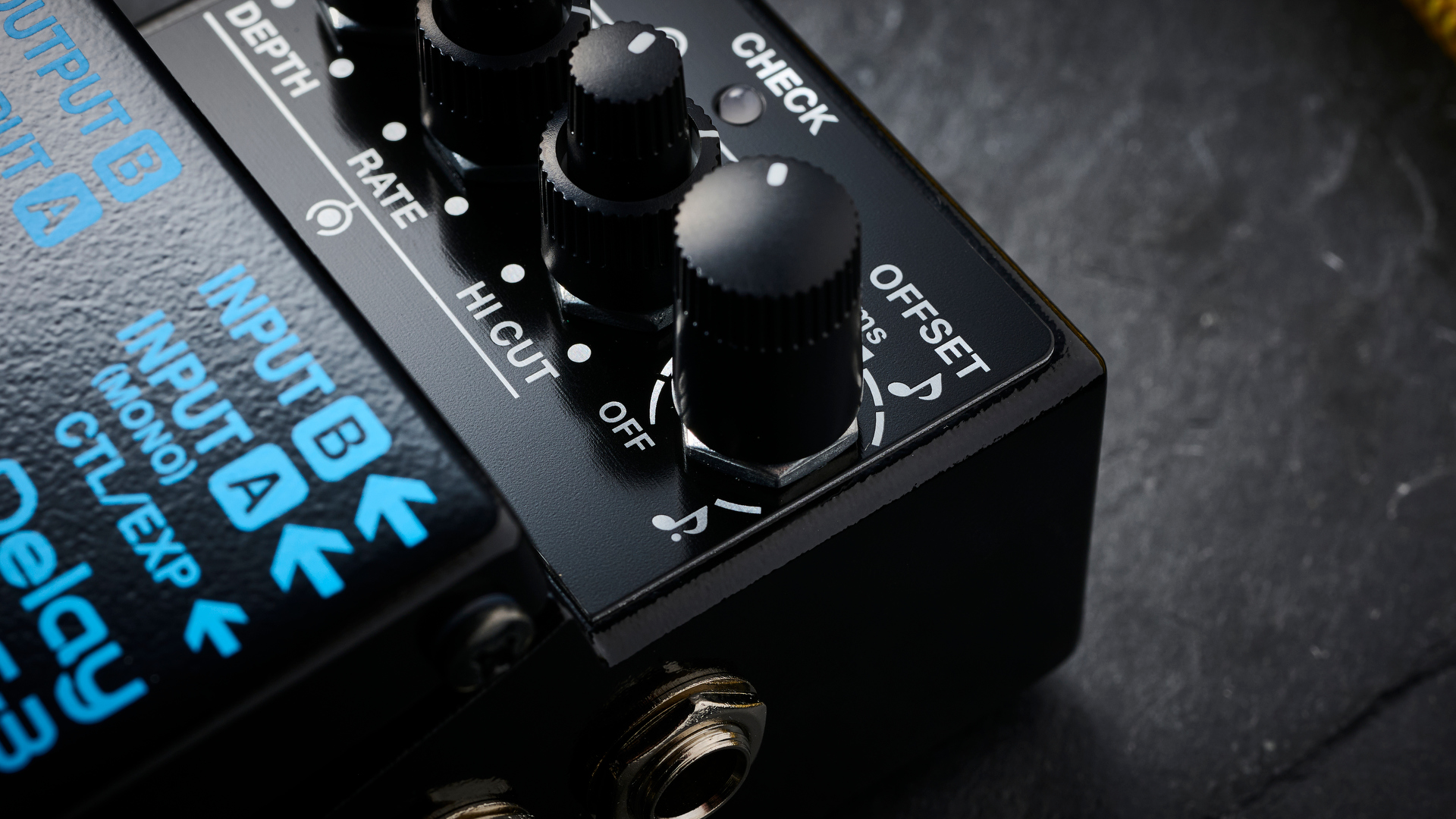
The Offset mode is the most interesting tool
It's easy to quickly dial in, but past that point, the SDE-3 has some cool tools for adding subtle twists. The most obvious of these is modulation, which can be abused to add janky pitch-shift artifacts to the delay trails, or to tastefully give a little movement to the sound. Presumably the original intention was to mimic the warble of tape, but this is very much its own thing, especially when running the pedal in full stereo.
Naturally, the Offset mode is the most interesting tool. It allows you to offset one of the two delay lines, meaning that not only can the stereo image of the pedal be subtly altered to give the feeling of greater space, but it can also be used as a doubler. However, as the result of messing with the phase of the two signals, there is a slight volume drop.
Boss SDE-3 Dual Digital Delay review: Verdict
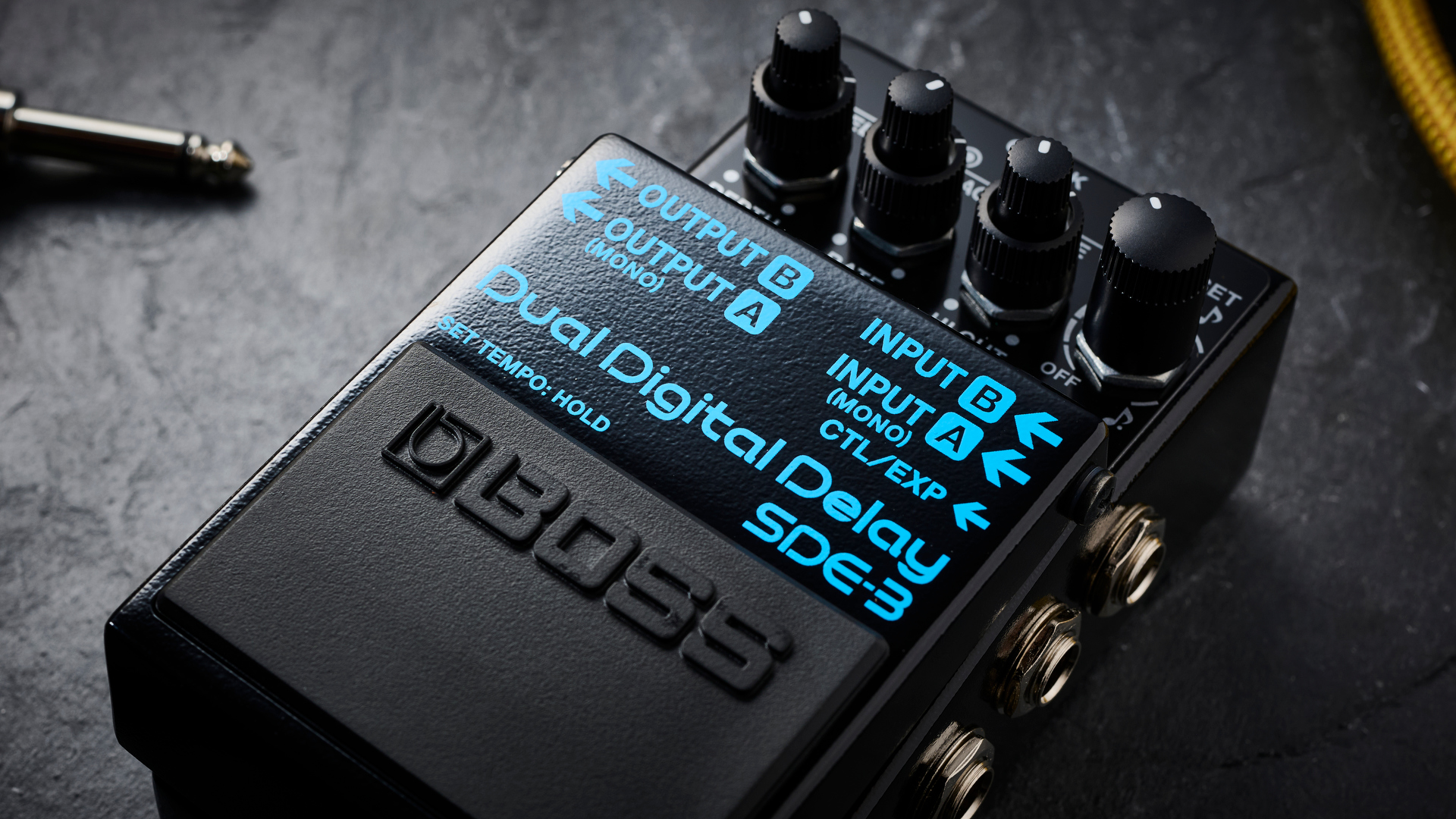
The SDE-3 is an unusual pedal. It has a distinctive voice, akin to the original 80s DD-2 delay, which also used the same bespoke IC chip as the original SDE-3000. Nevertheless, many players might find the tone of this and the slightly rolled-back chime of the DD-3 similar in timbre.
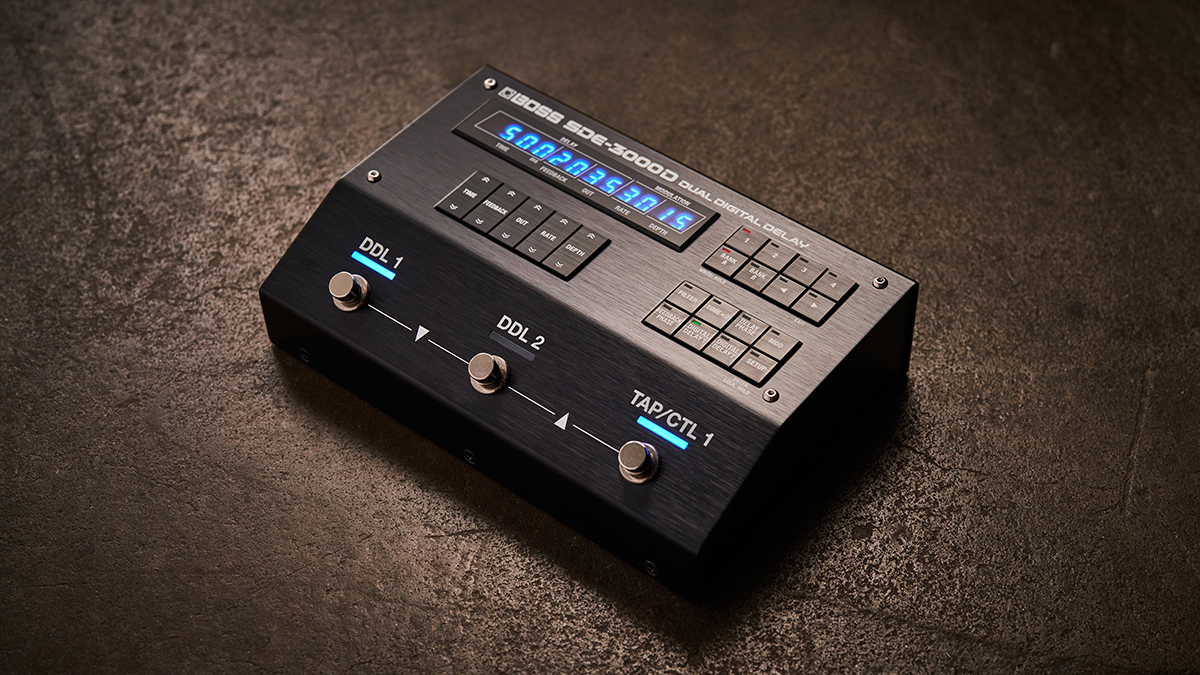
The real advantages here are the extra features, controllability and stereo connectivity – especially the Offset mode. However, some players will then look at larger pedals like the DD-500, which have even more features, and already model the SDE. Which is perhaps a good problem for Boss and delay pedal buyers to have.
Finally, if money is no object and pedalboard space isn't an issue, it's hard to ignore the fact that the SDE-3000D (and SDE-3000EVH edition) is not only just as cool as the vintage rack unit, but also more modern and practical to boot.
Guitar World verdict: All in all, on features, sounds, and compact form factor it's hard to fault the SDE-3. The question is, if you fall in love with its sound, and have any space left on your 'board, whether you will always be looking at the SDE-3000D, wondering what could have been.
Boss SDE-3 Dual Digital Delay: Also try
$179/£149/€155
The BOSS DD-8 has full stereo operation and more varied modes than the SDE-3. Its core voicing comes from the same lineage of delays, so the voice is similar even if it lacks the SDE's options for tone-shaping.
Read our review
$369/£389/€419
The current flagship in the Boss range would make vintage gear blush with its sound quality, functionality and features. You can run parallel, series and ping-pong delays, as well as build custom patches.
$499/£389/€424
The SDE-3000D is a relatively faithful emulation of the rack unit in pedal form. As a result it keeps the sounds but improves on the player ergonomics. Don't worry, it keeps the quirky LCD-style screens for parameter control.







